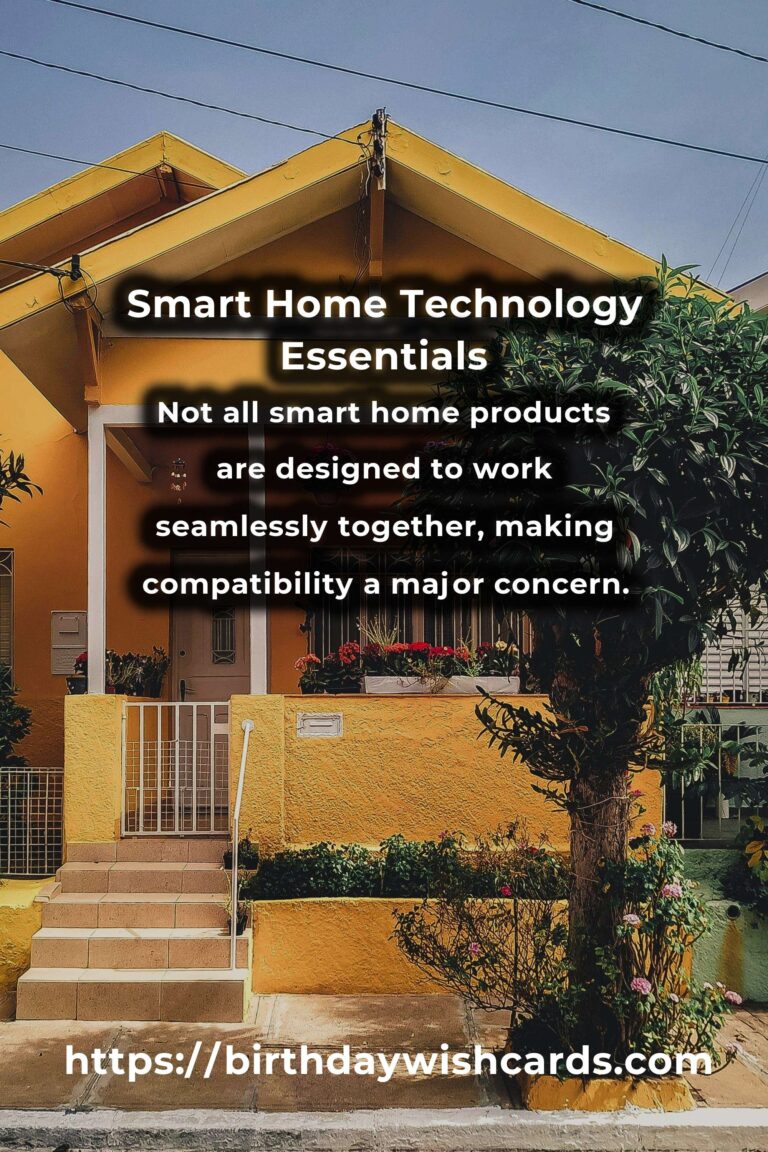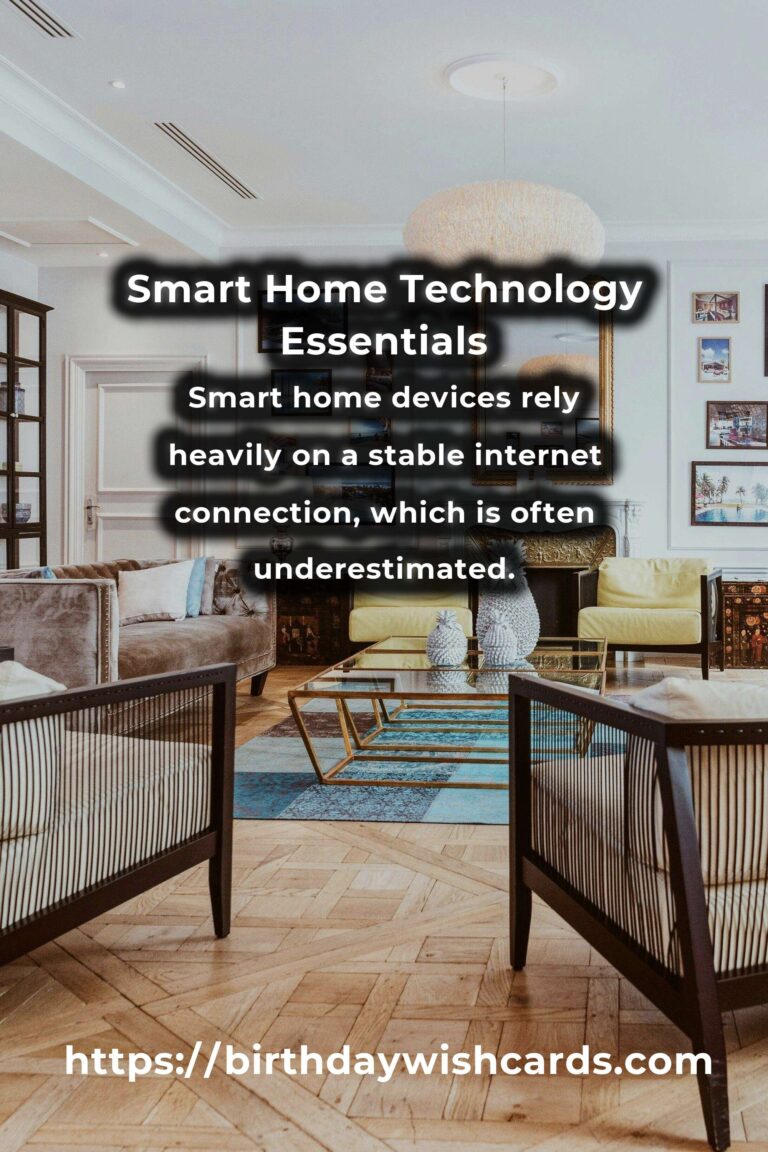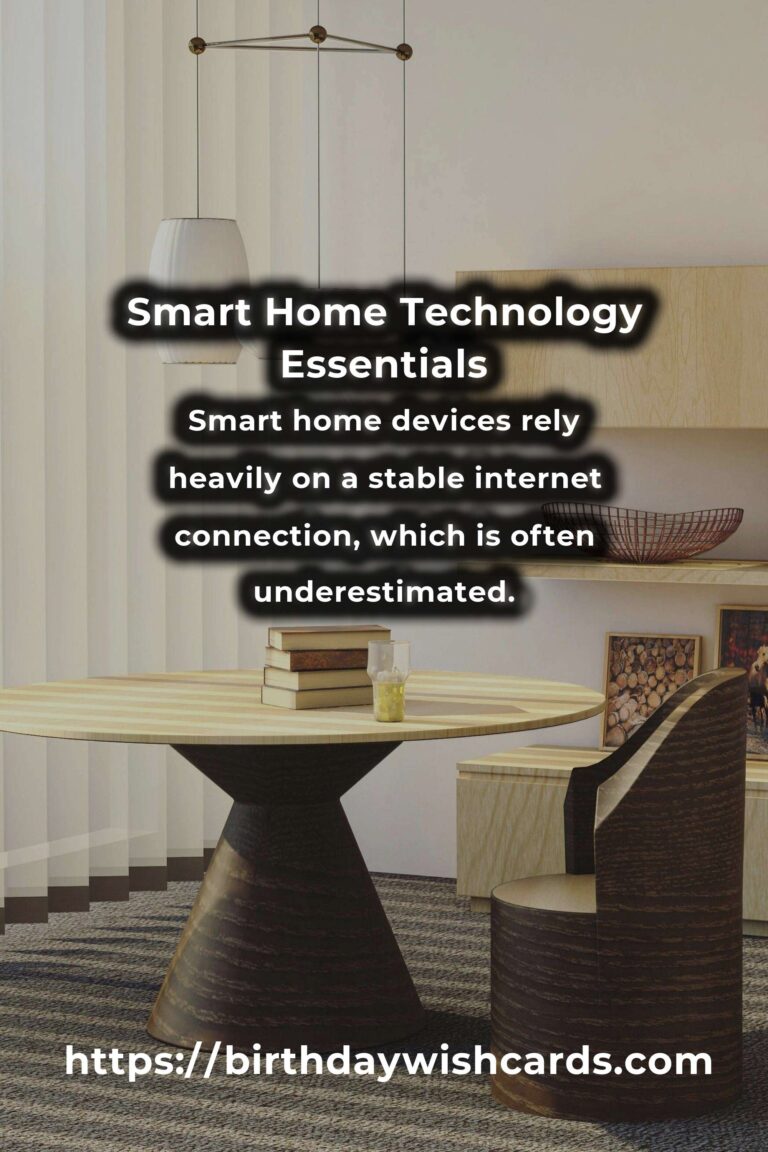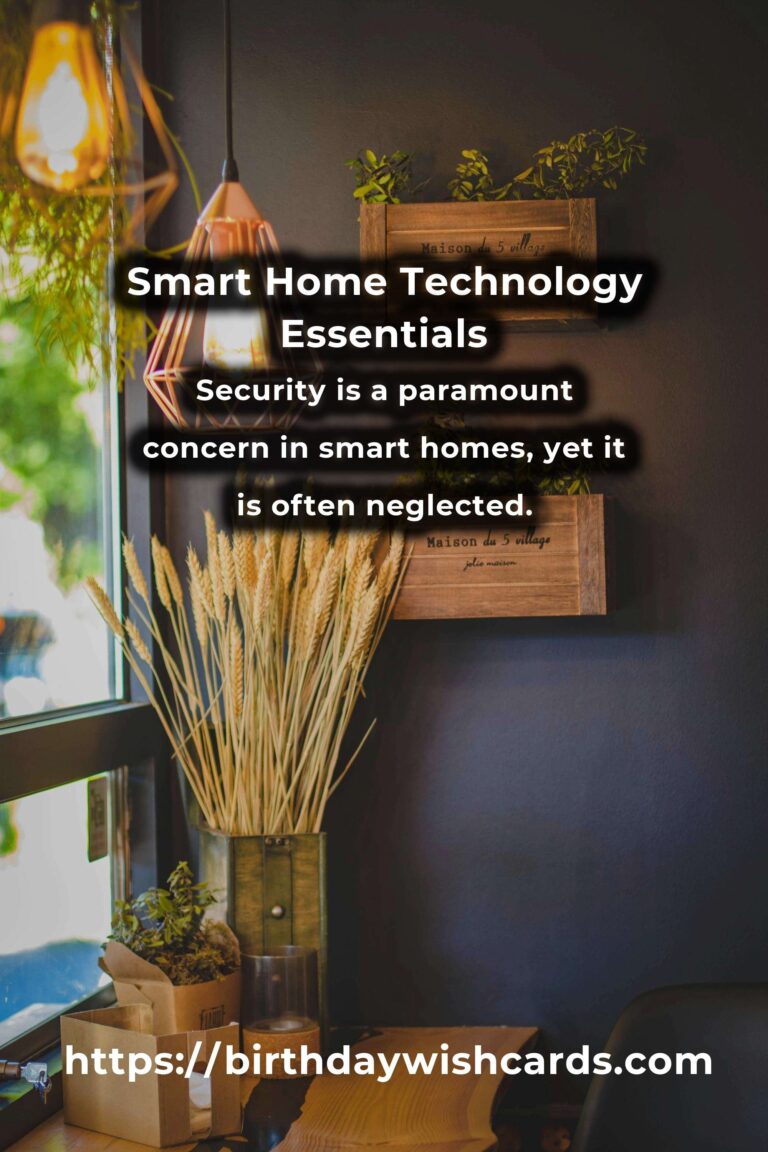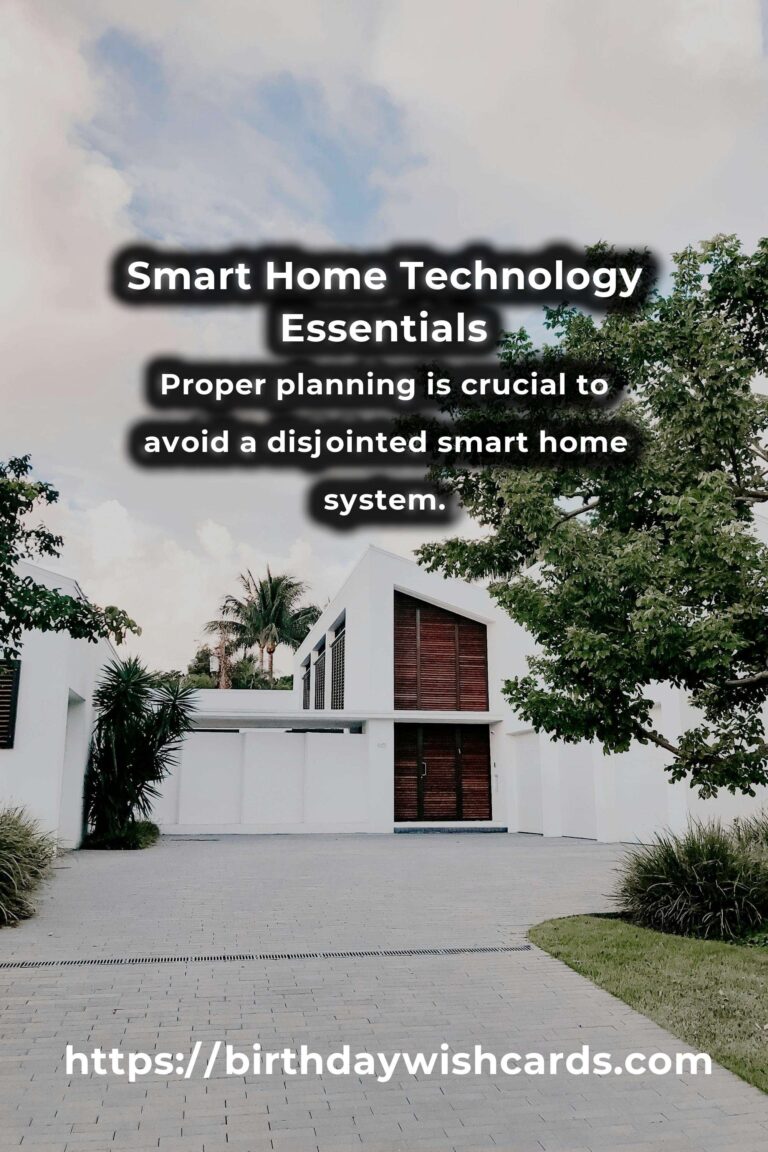
In the rapidly evolving world of smart home technology, homeowners are increasingly looking to integrate various devices to enhance convenience and efficiency. However, this trend often leads to several common mistakes that can undermine the functionality of a smart home. In this comprehensive guide, we will explore these mistakes and provide practical solutions to help you avoid them.
1. Overlooking Compatibility Issues
One of the most frequent mistakes is ignoring compatibility issues between different smart devices. Not all smart home products are designed to work seamlessly together, which can result in frustration and inefficiency. To avoid this, always check the compatibility of new devices with your existing ecosystem before making a purchase. Stick to a single brand or ensure that the devices are compatible with a common smart home platform such as Amazon Alexa, Google Assistant, or Apple HomeKit.
2. Neglecting Security Concerns
Security is a paramount concern in smart homes, yet it is often neglected. Many homeowners forget to change default passwords or fail to update firmware, leaving their systems vulnerable to cyber attacks. To enhance security, use strong, unique passwords for each device, enable two-factor authentication where possible, and keep your devices’ firmware updated regularly.
3. Ignoring Network Requirements
Smart home devices rely heavily on a stable internet connection. A common mistake is underestimating the network requirements needed to support multiple smart devices. Ensure that your Wi-Fi network can handle the number of devices you plan to use. You might need to upgrade your router or invest in a mesh Wi-Fi system to enhance coverage and reliability.
4. Skipping the Planning Phase
Many homeowners dive into smart home technology without proper planning, leading to a disjointed system. It’s crucial to assess your needs and plan the integration of devices carefully. Consider what you want to achieve with your smart home, whether it’s energy efficiency, security, or convenience, and choose devices that align with these goals.
5. Underestimating the Importance of User Experience
User experience is key to enjoying the benefits of a smart home. A cluttered or confusing interface can deter users from fully utilizing their smart home capabilities. Choose devices with intuitive interfaces and consider the learning curve of each product. Additionally, educate all household members on how to use the system effectively.
6. Failing to Future-Proof the System
Technology is always advancing, and failing to account for future developments can lead to an outdated system. Opt for devices that can receive software updates and are likely to be supported in the future. This ensures that your smart home remains functional and up-to-date over the years.
Conclusion
Smart home technology offers a plethora of benefits, but avoiding common pitfalls is crucial to maximizing its potential. By addressing compatibility, security, network requirements, planning, user experience, and future-proofing, you can create a smart home that is efficient, secure, and suited to your lifestyle. As technology continues to evolve, staying informed and adaptable will keep your smart home running smoothly.
Not all smart home products are designed to work seamlessly together, making compatibility a major concern. Security is a paramount concern in smart homes, yet it is often neglected. Smart home devices rely heavily on a stable internet connection, which is often underestimated. Proper planning is crucial to avoid a disjointed smart home system. User experience is key to enjoying the benefits of a smart home. Failing to account for future developments can lead to an outdated smart home system.
#SmartHome #HomeTechnology #TechTips #HomeAutomation #SmartDevices


